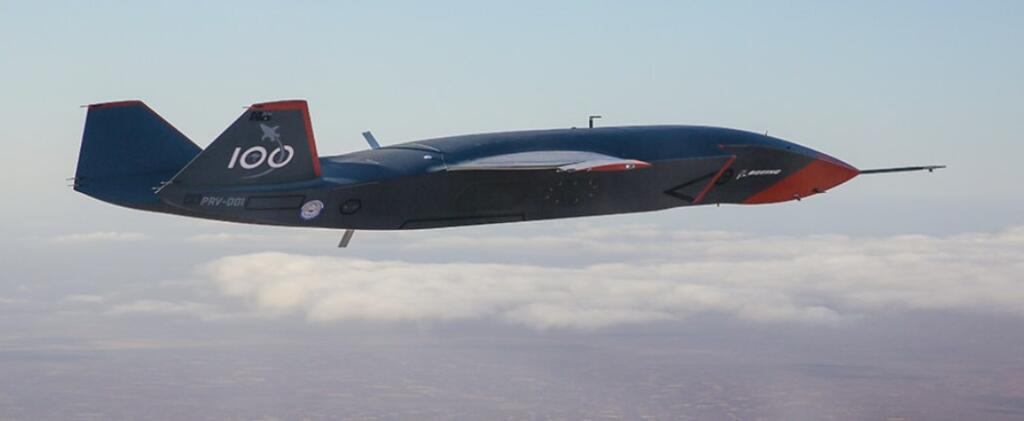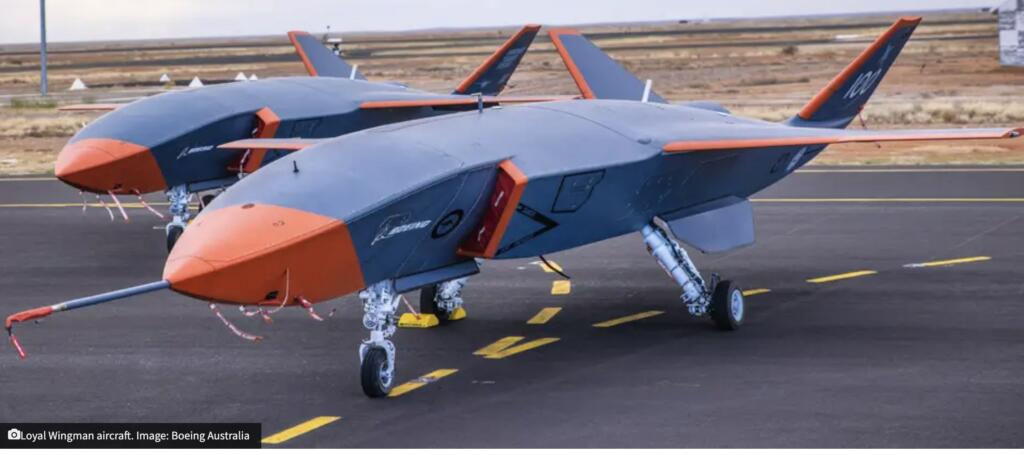The F22 has been operational for nearly 20 years, but the “greatest fighter ever” has only ever shot down the chinese spy balloon. The F22 reputation is from technical specifications and wargame combat.
It was made operational in 2005 and was used in combat against ISIS in 2014.
It has a good top speed (mach 2.25), vectoring ability, stealth and thrust to weight ratio. The F-22 thrust to weight ratio is 1.25 and some list it at 1.37 when using round nozzles. The F-15 is listed at a 1.26 thrust-to-weight ratio.
The F-22 has the lowest radar cross-section of any fighter in the air today.
The Next Generation Air Dominance fighter (NGAD) is following build it as fast as reasonably possible project plan. They are planning to have the NGAD vendor and prototype selected in 2024 and the first units could be flying by 2030. There will be a few years of shakeout but initial operational capability could happen by 2033.
The US Air Force plans to have 1000 new fighter jet companion superdrones to go with 200 NGAD fighters. The Collaborative Combat Aircraft, or CCAs (superdrones), should be selected and operational before the NGAD fighters. This would likely mean the superdrone companions to fighter jets could be tested and even operational with the F-22 and F-35.
Secretary of the U.S. Air Force Frank Kendall is planning a 2024 fiscal year competition to acquire advanced unmanned aircraft with significant autonomous capabilities designed to work closely with manned combat aircraft. Fiscal year 2024 will begin on October 1, 2023, and end on September 30, 2024.

The Boeing MQ28 Ghost bat drone will likely be one of the competitors. The Ghost Bat is an uncrewed aerial vehicle, with a current planned introduction date in 2024-25. It has artificial intelligence and usess a modular mission package system in the nose where the entire nose of the aircraft can be removed and quickly swapped for another nose with a different set of equipment or armaments for various missions including combat, force reconnaissance and electronic warfare.
One role will be to utilize the Manned Unmanned Teaming concept to support and protect manned Royal Australian Air Force (RAAF) aircraft, such as the F-35A, F/A-18E/F, E-7A, and KC-30A while they conduct operations. The UAV will be designed to act as a “loyal wingman” that is controlled by a parent aircraft to accomplish tasks such as scouting or absorbing enemy fire if attacked as well as operating independently. It has a 2000-mile ferry range or 900-mile combat radius. The UAV also has a jet engine which allows it to fly in the high subsonic flight regime and keep up with manned fighters.
It is 11.7 meters long (38 ft 5 in).

US$317 million was paid the Australian Air force for 13 MQ-28A Ghost Bat drones. This is about $24.5 million each.
The US Air Force currently is thinking about having five or more drones working with each manned aircraft. Drones would be capable of engaging targets in the air or on the ground with traditional munitions, launching electronic warfare attacks, acting as sensor or communications relay nodes, or simply serving as decoys and acting as wingmen for the manned fighters.
Having multiple superdrones with each F-22 and F-35 might make the US Air Force more willing to put high tech F-22 and F-35 into more actual combat situations.

Brian Wang is a Futurist Thought Leader and a popular Science blogger with 1 million readers per month. His blog Nextbigfuture.com is ranked #1 Science News Blog. It covers many disruptive technology and trends including Space, Robotics, Artificial Intelligence, Medicine, Anti-aging Biotechnology, and Nanotechnology.
Known for identifying cutting edge technologies, he is currently a Co-Founder of a startup and fundraiser for high potential early-stage companies. He is the Head of Research for Allocations for deep technology investments and an Angel Investor at Space Angels.
A frequent speaker at corporations, he has been a TEDx speaker, a Singularity University speaker and guest at numerous interviews for radio and podcasts. He is open to public speaking and advising engagements.


People don’t understand that stealth magnifies the effectiveness of electronic warfare. Also, the newer stealth coatings (see the “chrome” F-22 and F-117) also drastically reduces thermal signature.
Need a second seat to control UAVs while pilot in front seat flies aircraft. F-22 is only single seat.
The drones are autonomous, they control themselves they are AI wingmen.
Not really. The main problem is situational awareness. The pilot will need to monitor what his “autonomous” wingmen are up to. Together with flying and fighting his own aircrew will be too much for a single operator..